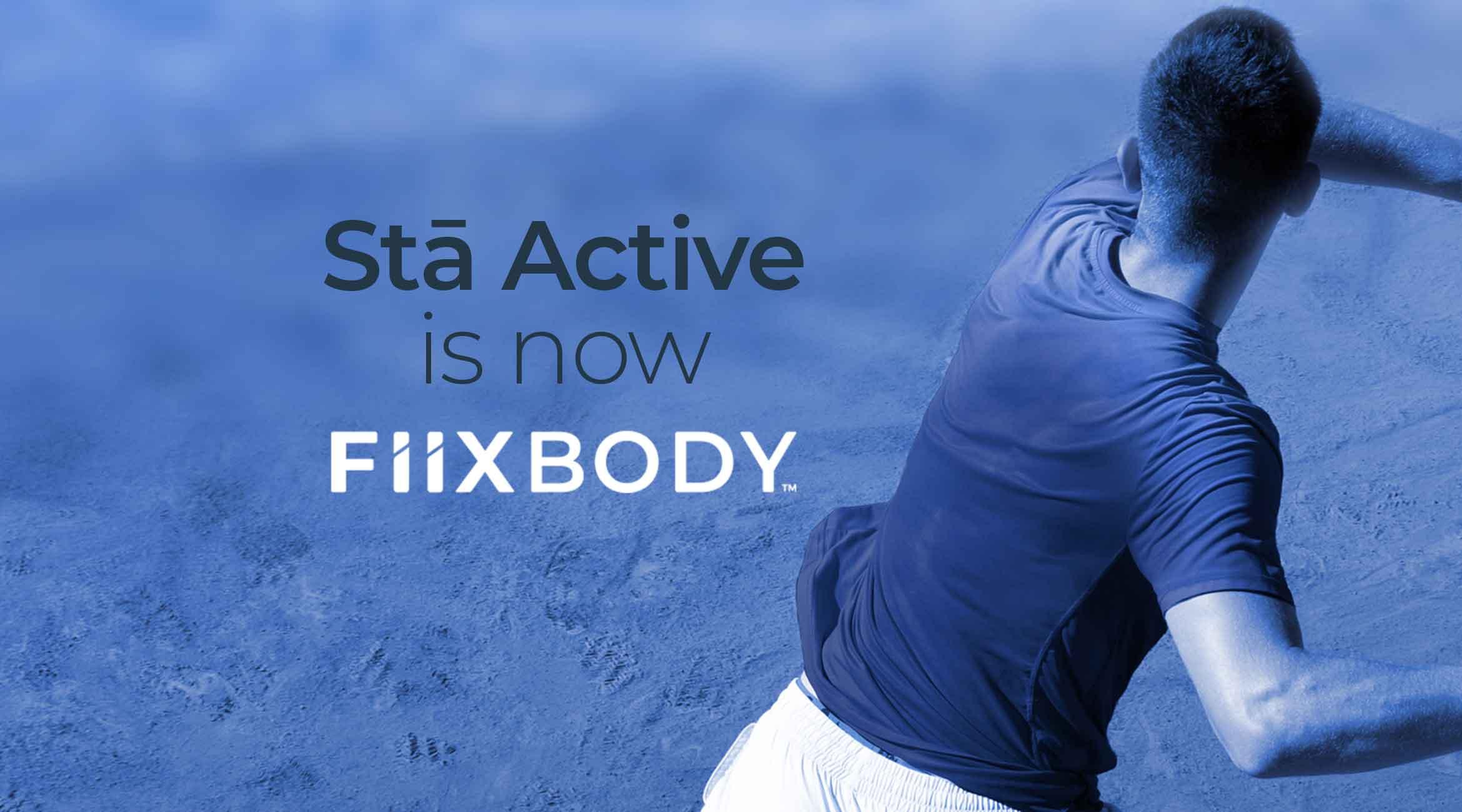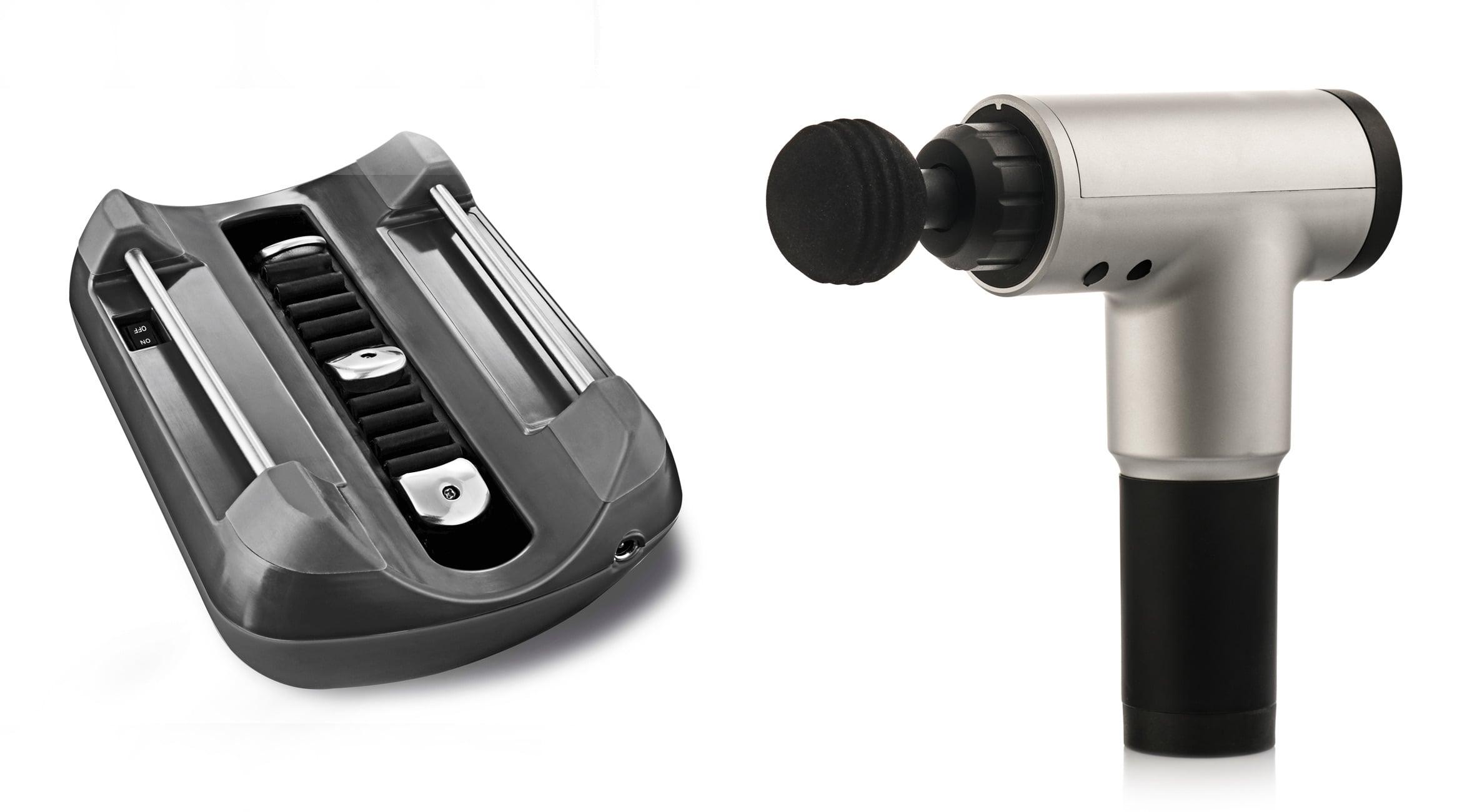Exercise and staying physically active are great ways to maintain your health and fitness, which reduces your risk of multiple diseases and enhances quality of life. However, physical activity isn’t entirely risk-free, and can result in injuries due to improper form, accidents or overuse.
Overuse injuries, such as tendonitis, shin splints and stress fractures, are caused by repetitive strain to the area. One common trauma injury is tennis elbow, which affects far more than just tennis players. In fact, anyone who performs repetitive arm movements, such as fitness enthusiasts, golfers, bowlers and more, can be affected by this nagging injury.
Frequently extending the wrists and bending and straightening the arms causes wear-and-tear on the forearm muscles and tendons. Constant use can lead to tiny tears in the tendon, which ultimately results in aggravation, inflammation and degeneration – characterized by pain, weak grip strength, difficulty grasping objects, sharp twinges, numbness or a dull ache.
Not only does it become difficult to perform the activity that caused tennis elbow – such as gaming, pitching a baseball or fishing, for example – but the pain also hinders common movements such as turning a doorknob, drinking from a coffee cup or brushing your teeth.
Rest is typically the first prescribed treatment option, which gives the injured tendon a break from the activity. But being sedentary can be a tough pill to swallow for regular exercisers and active individuals.
Can you exercise with tennis elbow? Yes, it’s possible, and even beneficial to stimulate circulation and oxygenation to your elbow, which helps the tendon heal. But you may have to incorporate modifications to ensure safety and promote healing, versus worsening the condition.
How to Work Out with Tennis Elbow
Obviously, if you got tennis elbow from playing tennis, then you should consider significantly reducing playing time or stopping temporarily if your pain is greater than a 6 out of 10 for while taking on treatment options. Let’s face it, if you’re in pain on the court, your performance won’t be good anyway.Because many exercise options actively use the upper body, and involve bending and extending the arms at the elbow, you may have to limit your workouts or assess how different modalities affect your elbow. Some to try include:
- Walking or running – Whether outside or on a treadmill, the key here is to maintain good form, with an upright posture, core engaged, a slight bend at the elbows and a natural, relaxed arm swing.
- Stationary cycling – Riding a recumbent or group exercise bike is easier on the arms than mountain biking over rough terrain or distance rides outdoors.
- Stair climber or lower-body only elliptical – Keep the arms relaxed with a slight bend in the elbows and a light grip.
- Calisthenics – Put together a circuit that emphasizes body weight exercises, such as squats, jumping jacks, mountain climbers, lunges, planks (on forearms to keep wrists relaxed) and more. Avoid pull-ups, push-ups and dips, along with kettlebell swings, slam ball throws and battle rope work.
- Pilates – Use forearms versus hands for planks and side planks to eliminate extending the wrists.
- Swimming – Bypass the breast stroke, side stroke and butterfly, and rely on front and back crawl instead. Or jump into a water aerobics class.
- Strength training – Using free weights, resistance bands or machines, emphasize the lower body; if you must work the upper body, use lighter weights, reduce reps and sets or skip entirely. Don’t do upright rows, reverse biceps curls and anterior and lateral raises.
- Yoga – Be cautious here, and avoid these poses: reverse plank, downward facing dog, side plank, handstand, wheel and crow. Do planks and side planks with forearms versus hands.
- Stretching – Always a good idea, since most of us don’t stretch enough. Check out the forearm stretches recommended by Stā Active and do them regularly. Add a foam roller for additional relief.
- Group ex classes – Think barre, step aerobics, Tabata, Zumba and other low-impact formats.
Other exercise choices that are more elbow-intensive should be very limited and done with lighter intensity, or temporarily eliminated entirely. This includes rowing, total-body ellipticals, vertical climbers, and kickboxing.
Additional Recommendations
When it comes to exercising with tennis elbow, what’s most important is to avoid causing additional damage to the forearm tendon. With that said, keep in mind the following:- Address your injury. Seeking treatment is a priority; exercise is secondary. The new Fiix Elbow device from Stā Active is a simple, at-home treatment that automates a proven clinical therapy and can get you feeling better in 8 weeks or less.
- Do forearm strengthening and stretching exercises. Check out the resources at Stā Active for specific exercises that will help you recover from tennis elbow.
- Wear a compression sleeve if necessary. Temporary use of a compression sleeve provides additional support, disperses forces and reduces the strain on the elbow. But it’s not an excuse to go all-out when exercising.
- Be flexible. You likely can’t sustain the exact same regimen at the same intensity and with the same frequency as before you got tennis elbow. Modify in the short-term or take some time off.
- Stop when it hurts. Listen to your body and emphasize treatment and healing over intense workout sessions for the time being.








